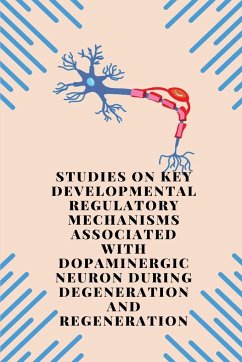Dopamine (DA) is involved in many metabolic and regulating functions such as reward, motivation, memory, attention, and regulating body movements. In the mammalian central nervous system (CNS), mesencephalic dopaminergic (mDA) neurons are the main source of dopamine (Holzschuh et al., 2001). The selective loss of mDA neurons of the substantia nigra pars compacta (SNpc) is the hallmark of Parkinson's disease (PD) (DeMaagd and Philip, 2015). PD is associated with impairment of cognitive capabilities and symptoms like bradykinesia, tremor, and akinesia. Scientific reports are working to decipher the cellular and molecular mechanisms driving PD pathogenesis, as it is not well understood. Symptoms manifest only after 70-80% of mDA neurons have been degenerated (Cheng et al., 2010) and may be devastating because the adult CNS has extremely limited intrinsic regeneration to replace the lost neurons (Horner and Gage, 2000). Unfortunately, the loss of DA neurons cannot be rescued or reversed by drug administration. It is mandatory to decipher the neurogenesis and their mechanism, as they assist the scientific community towards inducing human stem cells to express a dopaminergic phenotype.








